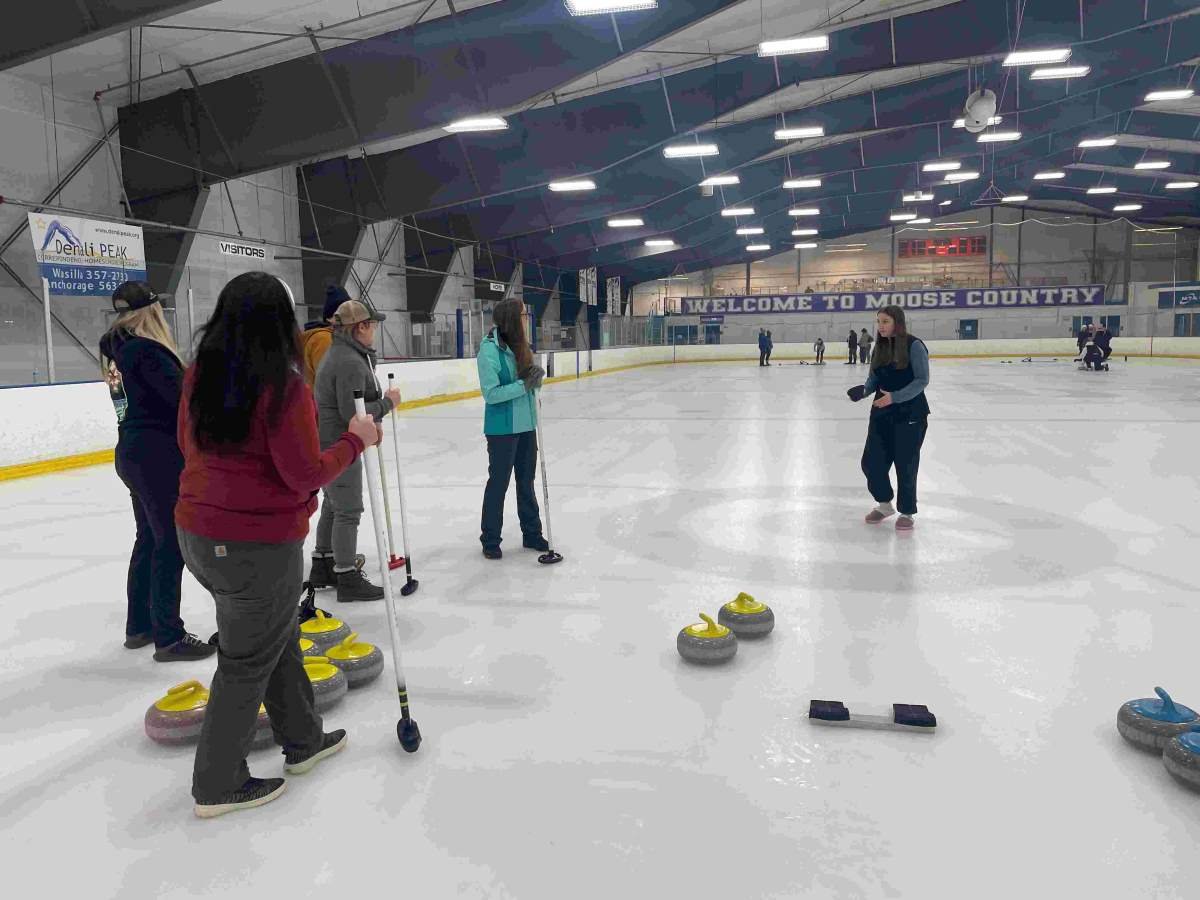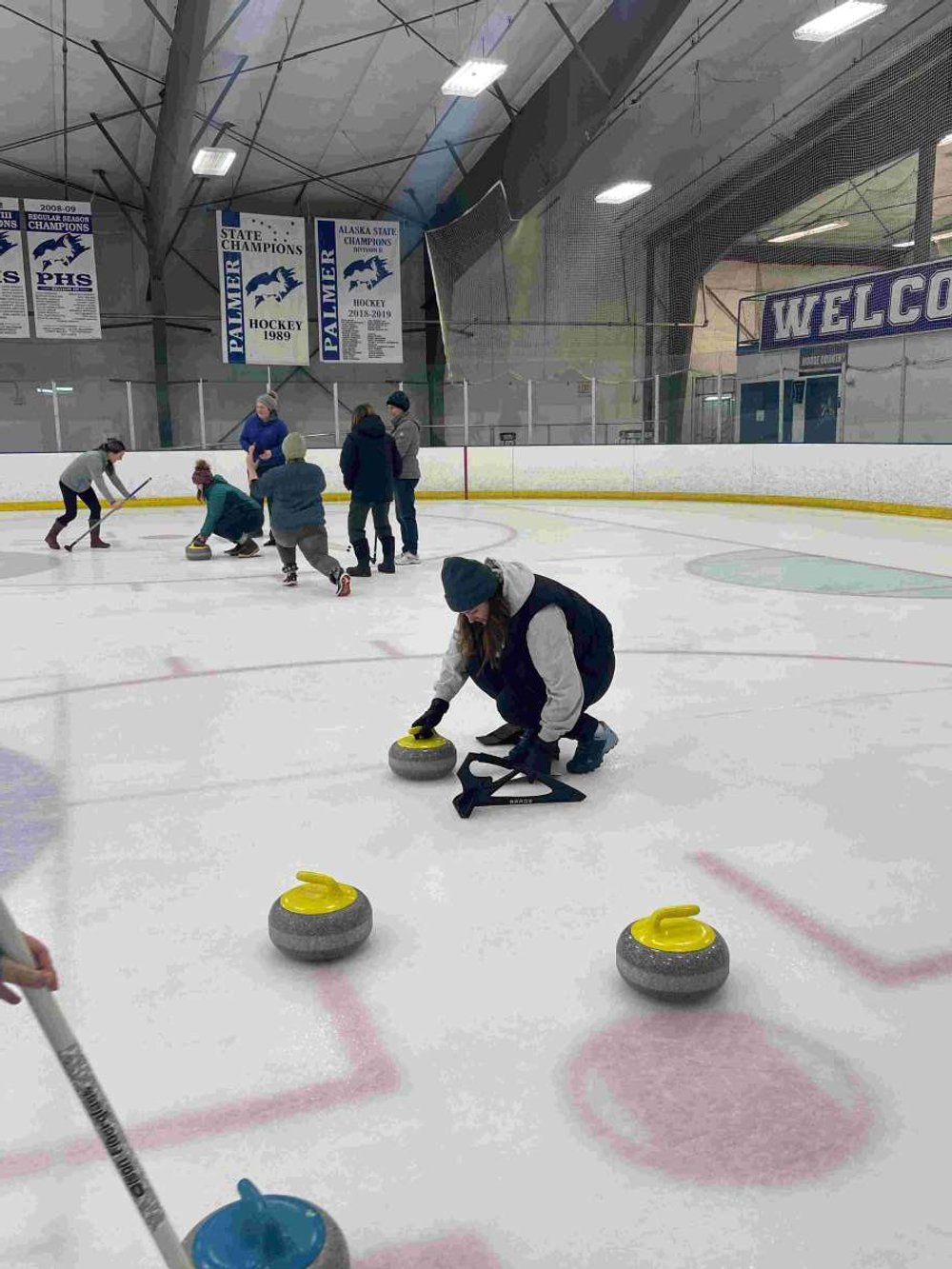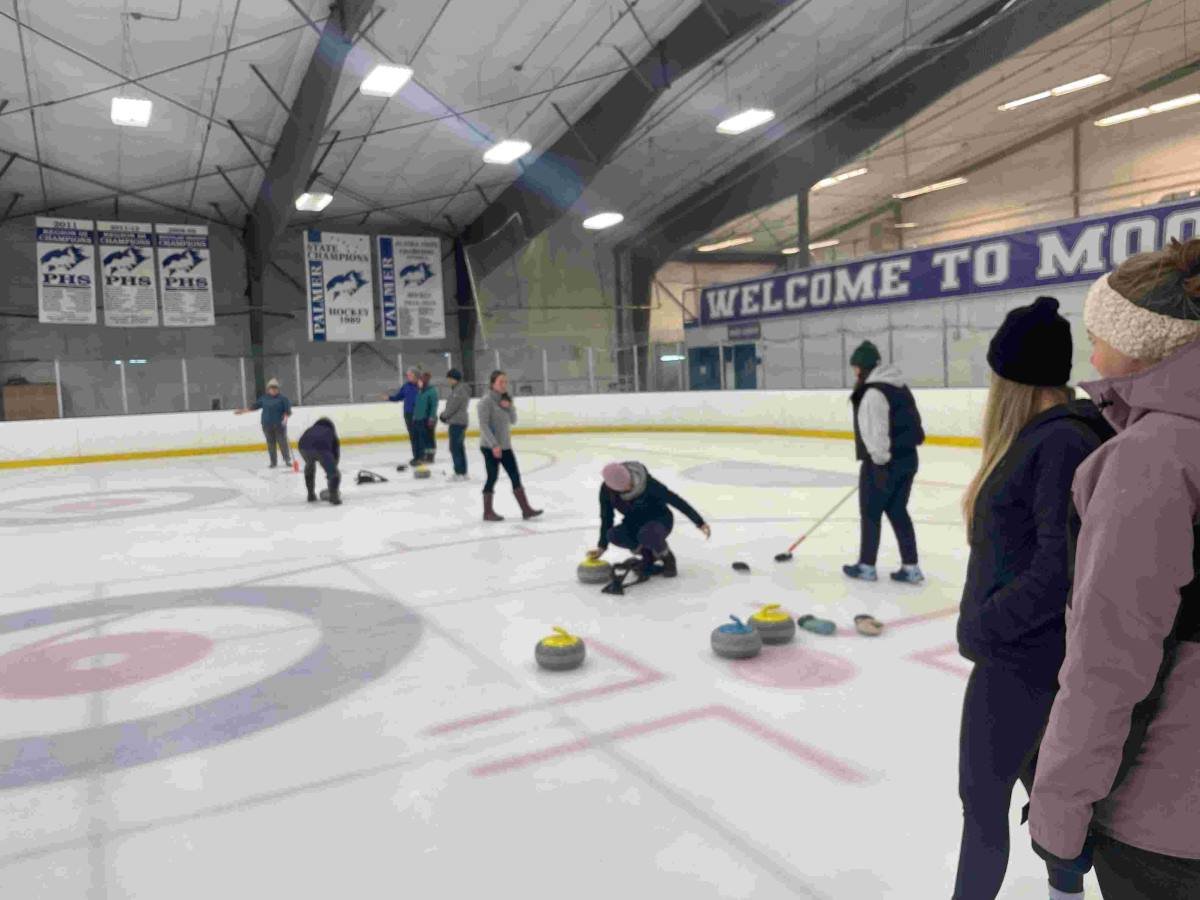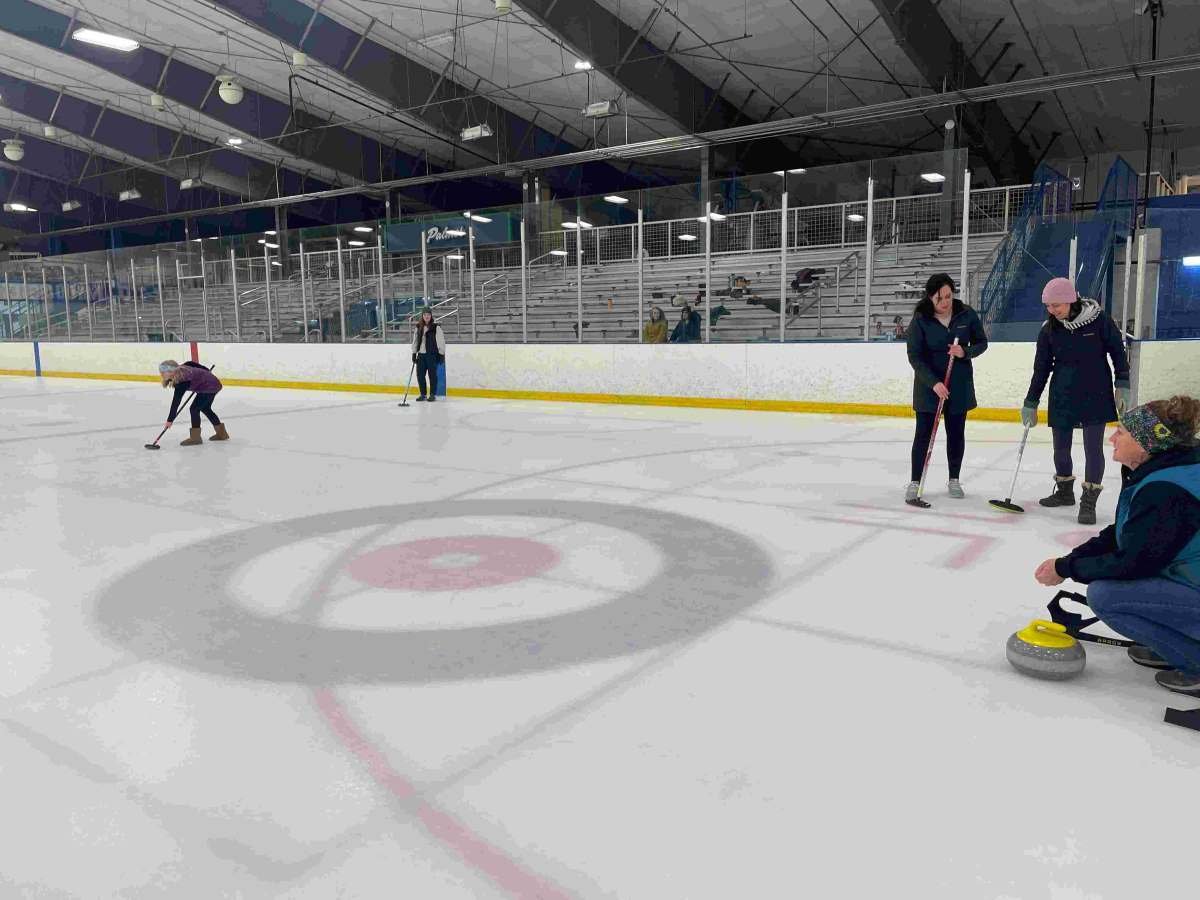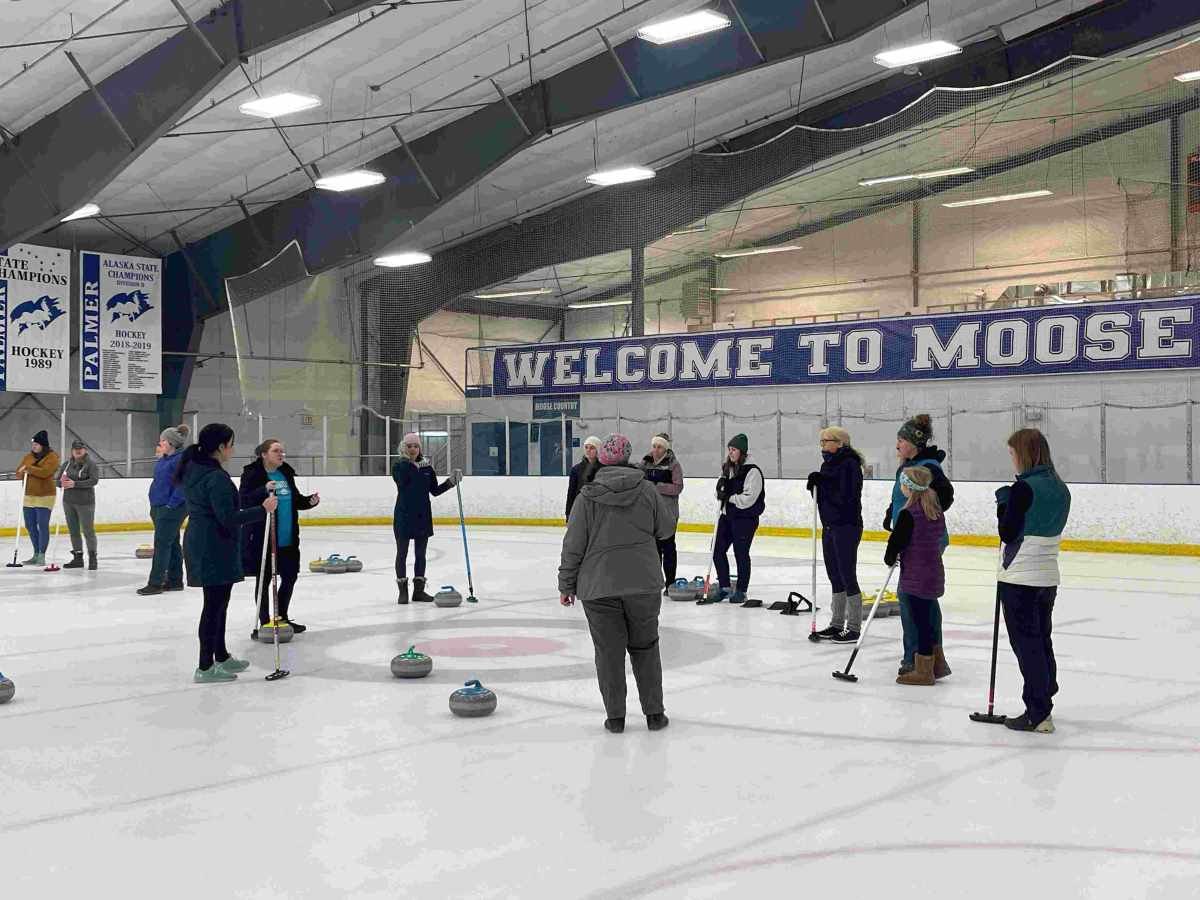An Introduction to Curling
Curling-A Winter Tradition
Many people have heard of curling due to its appearance every four years at the winter Olympics but few people really know much about it. It has an origin that dates back to centuries ago and was one of the first five sports to make an appearance at the first Winter Olympic games in 1924.
Origin
The first written record of a contest with stones on ice dates back to medieval 16th century Scotland, where it was played in frozen lakes and ponds in harsh winter months. Initially, stones used in the game were simply flat-bottomed river stones but over time were constructed with handles for better grip and control. The term “curling” originated from the motion of the stone as it glides over the ice.
Curling's inclusion in the first Winter Olympics in 1924 in Chamonix, France, cemented its status as a sport of international intrigue. However, it wasn't until the Nagano Olympics in 1998 that curling was officially added to the Olympic program, sparking a resurgence in interest and participation worldwide.
Gameplay
Curling is a game of precision, strategy, and teamwork played on a rectangular sheet of ice called a curling rink. Two teams of four players each take turns sliding two 44-pound stones down a flat ice surface towards a target area known as the "house." The objective is to get your team's stones as close to the center of the house as possible, while also strategically placing stones to block opponents' shots.
The “curl” in curling is achieved by the strategic use of sweeping, where players vigorously brush the ice in front of the stone to control its speed and direction by warming the ice the stone will glide across. The Skip is the player who directs the team and tells them where to send the stone.
A team scores one point for each stone that is located in the house that is closer than the opponent’s stone. Any stone not in the House does not count.
Local Clubs
Alaska boasts several curling clubs for those interested in learning more about and playing the sport. Local clubs are an excellent starting point for beginner curlers and often host “Learn to Curl” events for new curlers to try the sport. Curl Alaska is an Anchorage-based nonprofit working to grow the curling community across the state of Alaska.
In the valley and southcentral areas:
Further north:
Revel hosted a Ladies Learn to Curl event in collaboration with the Palmer Curling Club, photos below.


